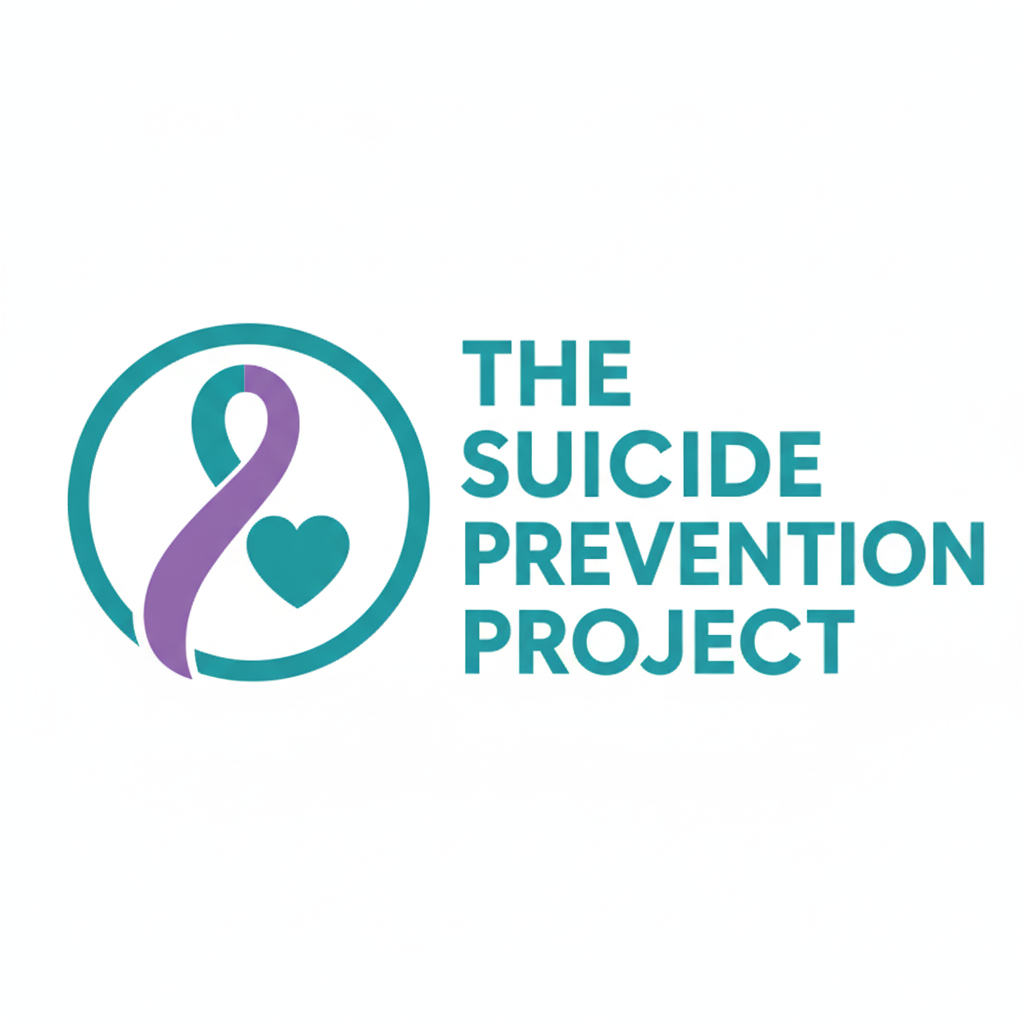Your cart is currently empty!
As a survivor of a suicide attempt, I know firsthand how dark and isolating the journey through mental health struggles can be. For me, the turning point came when I discovered art therapy—a form of healing that goes beyond words and taps directly into the soul. Expressive art saved my life, and I want to share my story in hopes that others struggling might find the same light.
When I was at my lowest, I felt trapped inside a storm of overwhelming emotions that I couldn’t fully explain or understand. Traditional talk therapy helped, but there were moments when words failed me. That’s when art became my refuge. Painting, drawing, and creating allowed me to externalize my pain and confusion in a way that felt safe and authentic. Each brushstroke was like a release—a way to confront feelings I hadn’t been able to face before.
Art therapy gave me permission to express my inner world without judgment. It was a language beyond pain, fear, and despair, providing a bridge to hope and healing. Through colors and shapes, I found a way to process trauma and begin rebuilding my sense of self. My therapist guided me gently, encouraging me to explore my emotions and experiences through creativity. Over time, this process helped me regain control and develop a new narrative—one that didn’t end in hopelessness but in resilience.
Expressive art also connected me with others who understood the struggle. Sharing my work in group sessions created a powerful sense of community and belonging. It reminded me that I wasn’t alone, and that others had walked similar paths toward recovery.
If you or someone you love is facing suicidal thoughts or feelings, know that there are ways to heal beyond traditional methods. Art therapy might be the key to unlocking emotions that are hard to express, offering a safe outlet to explore pain and eventually transform it. It saved my life by helping me find my voice when I thought I had none.
Healing through expression is not just about creating art—it’s about reclaiming your story, your strength, and your hope. If you’re struggling, consider reaching out to an art therapist or simply picking up a brush, pencil, or any creative tool that calls to you. Your journey toward recovery can begin with a single stroke of color, a symbol of your courage to keep living and healing.e your closing thoughts are impactful and memorable. A strong conclusion not only ties the article together but also inspires readers to engage further.


Leave a Reply